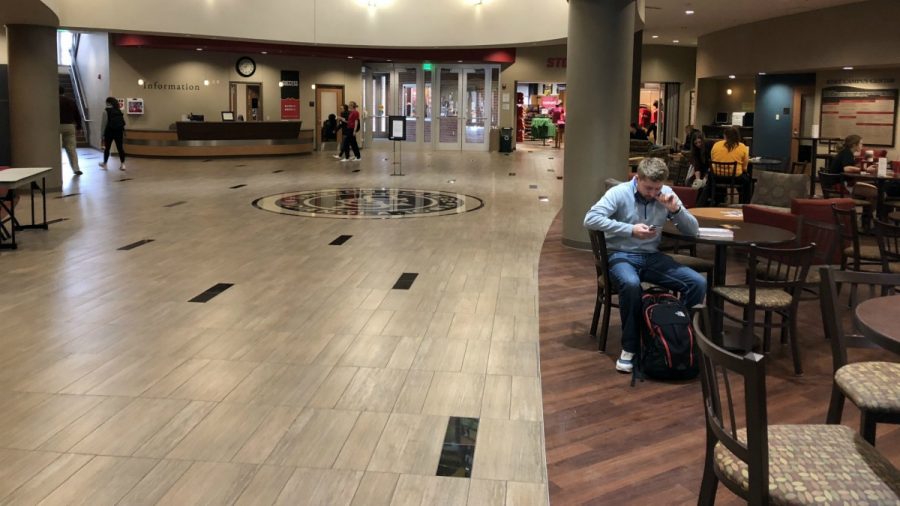Computer virus infects campus
September 4, 2003
Last week, Simpson College was hit hard by a computer virus that caused chaos and inconveniece across the entire campus.
According to Kelley Bradder, vice president of Information Services and chief information officer, five percent of the computers on Simpson’s campus were infected with a version of the infamous Blaster Worm.
Although the Blaster Worm has received much publicity, the actual worm that affected Simpson’s campus the most was the Welchia Worm.
“We stayed solid up until Sunday, August 24 at 1:30. Between 1:30 and 2, a student behind the firewall infected the network. We pulled all of the residence halls off of the network at 2 p.m. Sunday.”
According to Bradder, at the time of infection between 500 and 600 student-owned computers were connected to the Simpson network.
“Probably thirty percent of our student population in the dorms was affected by the worm on Aug. 24,” said Bradder.
The ten members of the Information Services staff put in 90 to 100 hours of work during the week to rid the campus of the virus.
All students who brought computers to school were required to take them to a check-point, such as theBrenton Student Center, to be screened for viruses.
While there, each computer was also scanned and cleaned.
According to Bradder, three scans were done on each computer: Welchia was deleted, as was SoBig and the Blaster Worm.
The computers were also checked for up-to-date antivirus software, and patches from Microsoft were installed.
According to Bradder, all computers running under Microsoft XP or 2000 need a patch to “fix security holes.”
Eighty-five percent of the computers on campus did not have the needed patches.
Only 40 percent of the student computers checked had current antivirus software; of those, only ten percent of the computers had up-to-date antivirus systems and a patch.
Students who did not have up-to-date software were allowed to connect for a short period of time in Camp Lounge.
After that they were required to register their software, resubscribe, and purchase new antivirus software.
The Welchia Worm was allegedly made by an 18-year-old from Minneapolis.
He rewrote the Blaster Worm into the Welchia and spread it across the Internet on August 18.
The Welchia Worm is usually hard to detect by computer users. There are a few visible signs that the worm has invaded a computer; it simply jams the network and slows the computer down.
Other colleges across Iowa, such as Drake, Coe, and Cornell were hit by the worms as well.
A Canadian airline had to shut down service for 36 hours to get rid of problems caused by the virus.
To prevent this problem in the future, the Information Services Department is considering purchasing software to protect the network system.
According to Bradder, students should make sure their antivirus software is up to date and should check for Windows Updates regularly to help avoid any problems.





